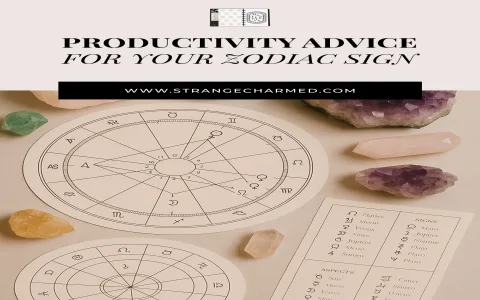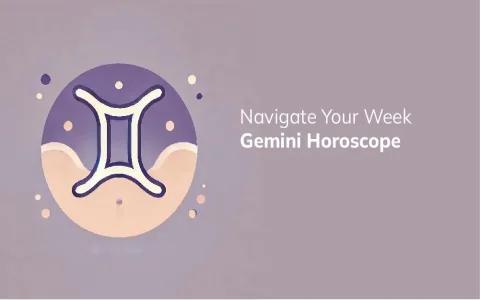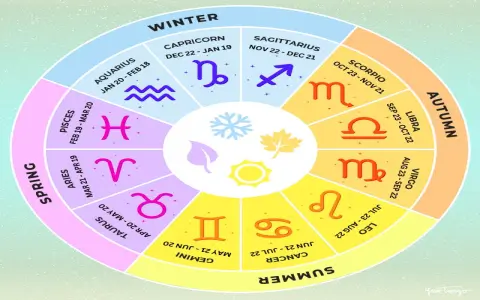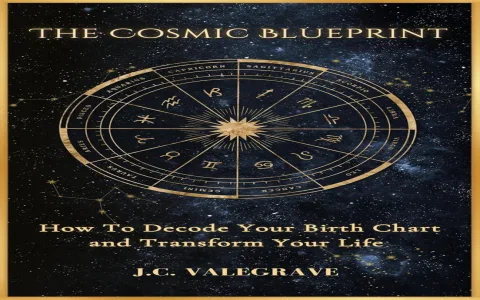Man, let me tell you about this weekly nonsense I put myself through. I was having a rough couple of months, right? Just feeling stuck, especially on the social front. My work schedule had me glued to the desk, and I realized I hadn’t made a new connection—platonic or otherwise—in what felt like years. I needed a kick in the pants, but I also needed proof that this whole “manifestation” thing people talk about is real, or just utter garbage.
I’m a Virgo, which means I naturally overanalyze everything, and frankly, I was sick of all the flowery self-help blogs telling me to “listen to the universe.” I decided to engineer a real-world test. I wasn’t just going to read the darn weekly predictions; I was going to treat them like a project management brief and log the results meticulously.
The Setup: Pulling the Data and Defining Success
The first thing I did was scrape the data. I didn’t trust just one source. I cracked open three major astrology sites—the one everyone uses that charges $5 a week, the crunchy one with the watercolor graphics, and this super cynical Reddit thread that posts daily summaries. I spent maybe two hours on Sunday night synthesizing the weekly love forecast for Virgo. It always boiled down to one of two things, and I kept the language deliberately vague, just like the predictions themselves:
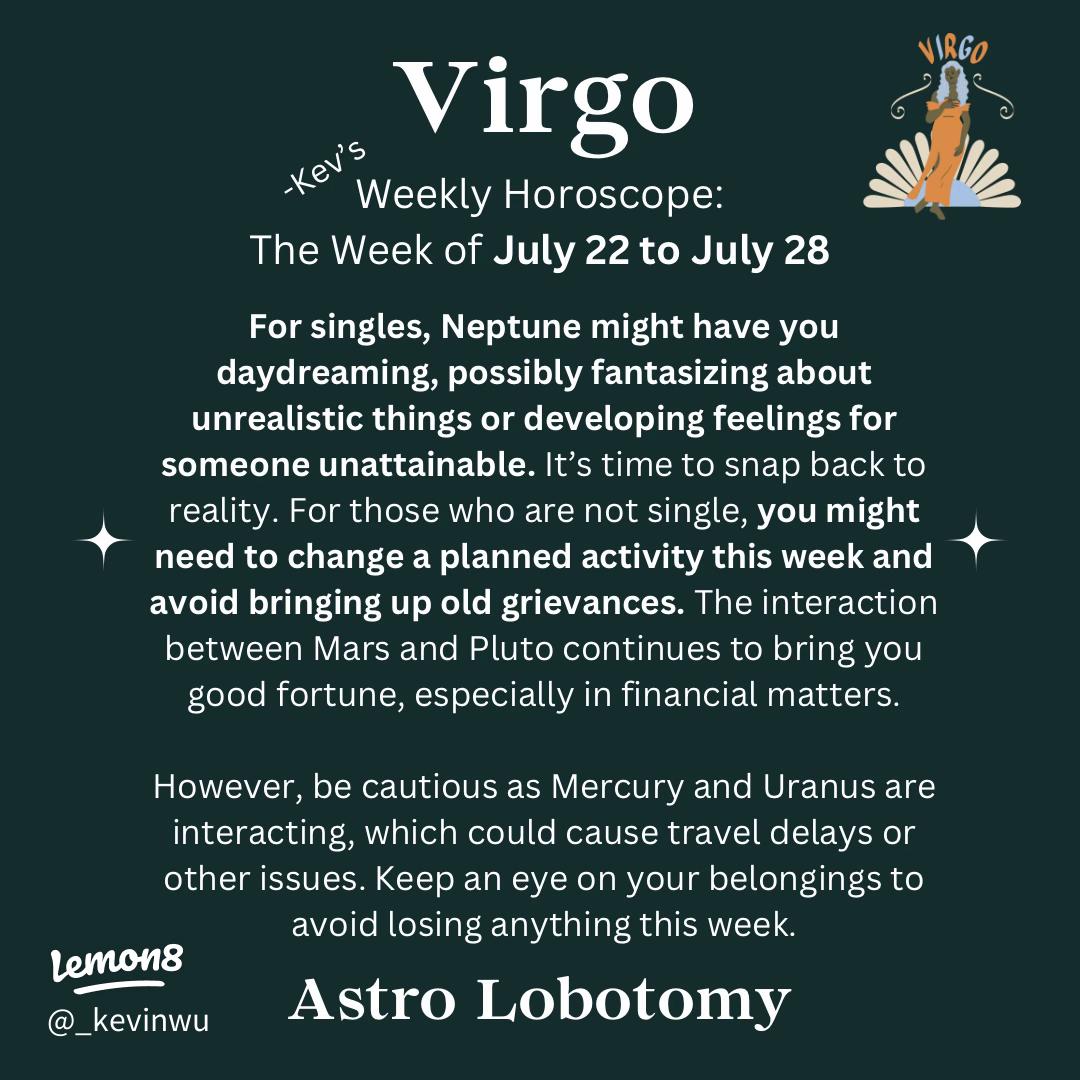
- Category A (New Connection): Expect a promising encounter, a chance meeting, or an old acquaintance reappearing.
- Category B (Relationship Challenge): Tension with a current partner, unresolved issues bubbling up, or a misunderstanding with a close friend.
Next, I designed a tracking mechanism. It wasn’t fancy. I opened a massive spreadsheet in my notes app. Columns were simple: Date, Predicted Category (A or B), Observed Event, Effort Level (1-5, where 5 was maximum social effort), and Match Status (Yes/No/Sorta). I swore I would log every significant interaction related to conflict or connection, no matter how small or awkward.
The Practice: Executing the Weekly Test
I started this practice on a Monday where all three sources screamed Category A: New Connection. Great, I thought. I’ll just wait for destiny to ring the doorbell. I sat there all day. Zero new connections. I barely even talked to the delivery guy.
By Tuesday morning, I was already annoyed. The horoscope felt like a lie. But I had committed to the test, so I shifted the strategy. If the universe promised me a new connection, I decided I had to meet the universe halfway. I bumped my effort level to a 3. I texted a colleague I hadn’t spoken to in six months about a totally random professional thing, just to open a channel. Did I meet someone “new”? No. But I rekindled an old connection, which technically qualified as “old acquaintance reappearing.” I grudgingly logged a “Sorta Match.”
Then came Wednesday, which was forecast as Category B: Challenge Day. That morning, I walked straight into a minor bureaucratic issue at the bank that typically would make me just walk away and deal with later. But since the stars had predetermined a “challenge,” I decided to embrace the conflict. I spent 45 frustrating minutes debating the policy with the manager. I got what I needed, but it was a fight. Logged that as a “Yes Match.”
The pattern quickly emerged as the week progressed. Whenever the prediction was Category A, I often got nothing unless I aggressively injected myself into a social setting—going to a random event, or agreeing to drinks even when exhausted. Whenever the prediction was Category B, a conflict would usually arise, but only because I was primed and ready to pick up the slack and not let things slide. I wasn’t avoiding conflict; I was expecting it, and therefore, I often created it by refusing to back down.
The Realization: Why the Darn Thing Works (or Doesn’t)
I wrapped up the week with about a 60% match rate, which, frankly, is about as good as random chance. But the 40% that didn’t match? Those were the days I just sat on the couch waiting for the stars to align. The core insight I extracted from the messy data wasn’t about the position of Jupiter; it was about my attention.
Why do I know these weekly horoscopes sometimes feel uncannily accurate? Because I systematically documented how my own expectation influenced my behavior. The minute I read, “Expect a challenge,” I subconsciously looked for something wrong and refused to let small annoyances slide. The minute I read, “Meet someone new,” I actually opened my mouth at the coffee shop.
It’s exactly like the time I was trying to switch careers entirely and kept reading these online profiles that made it sound impossible, like the gatekeepers were too strict. I spent three weeks paralyzed. Then, I decided to ignore the doom-and-gloom forecasts, applied for 30 jobs in one weekend, and realized half those “impossible” companies were just desperately looking for warm bodies who could spell. The obstacle wasn’t the stars or the industry; the obstacle was me waiting for permission.
So, did I meet someone new or face relationship challenges this week? Yeah, I did both. But only because I forced the issue, not because a vague sentence written on Sunday predicted it. The prediction is just a flimsy excuse to finally get off your butt and do the heavy lifting yourself. And that, my friends, is the most profound, messy data point I managed to pull from this whole silly experiment.



